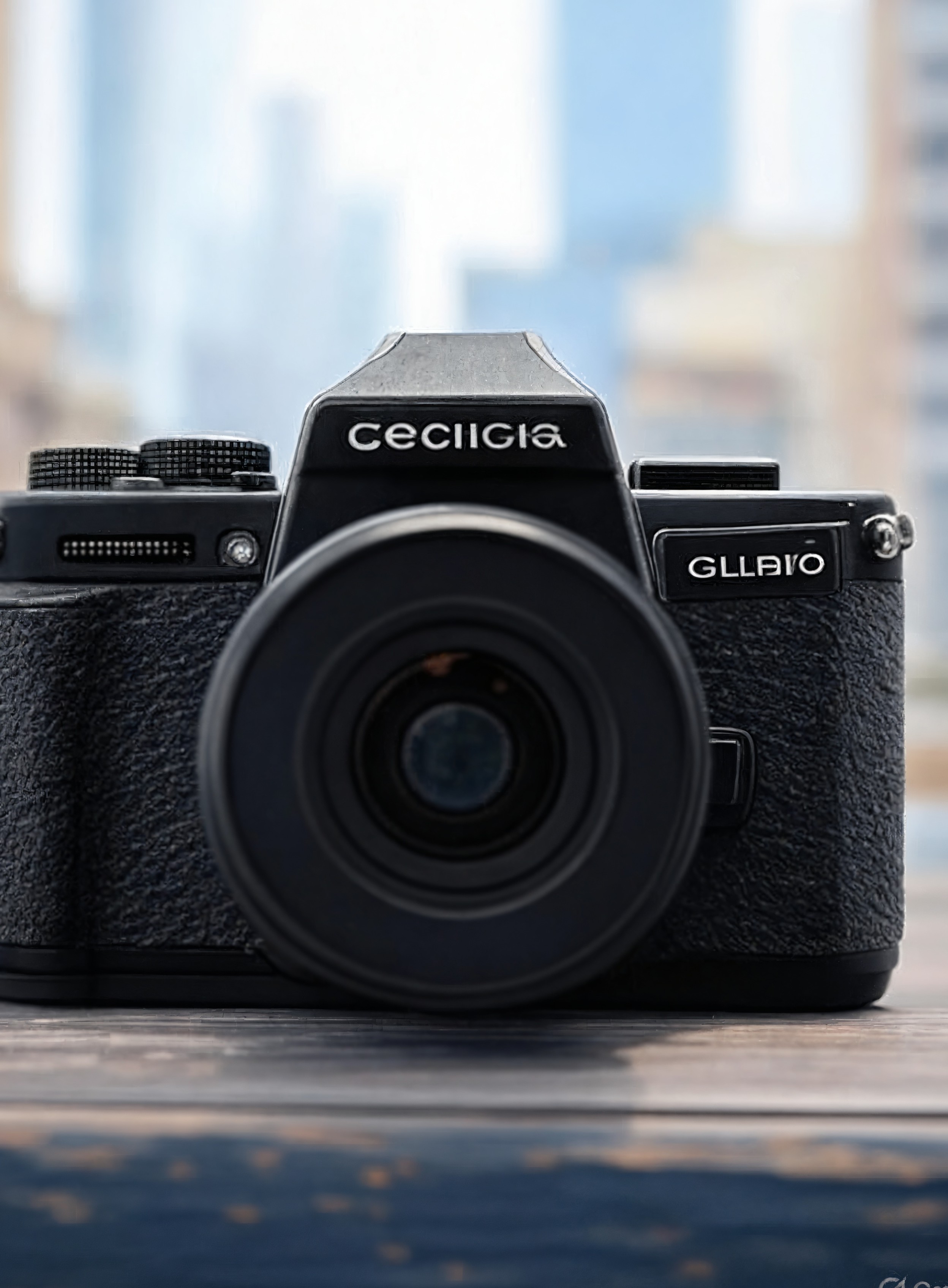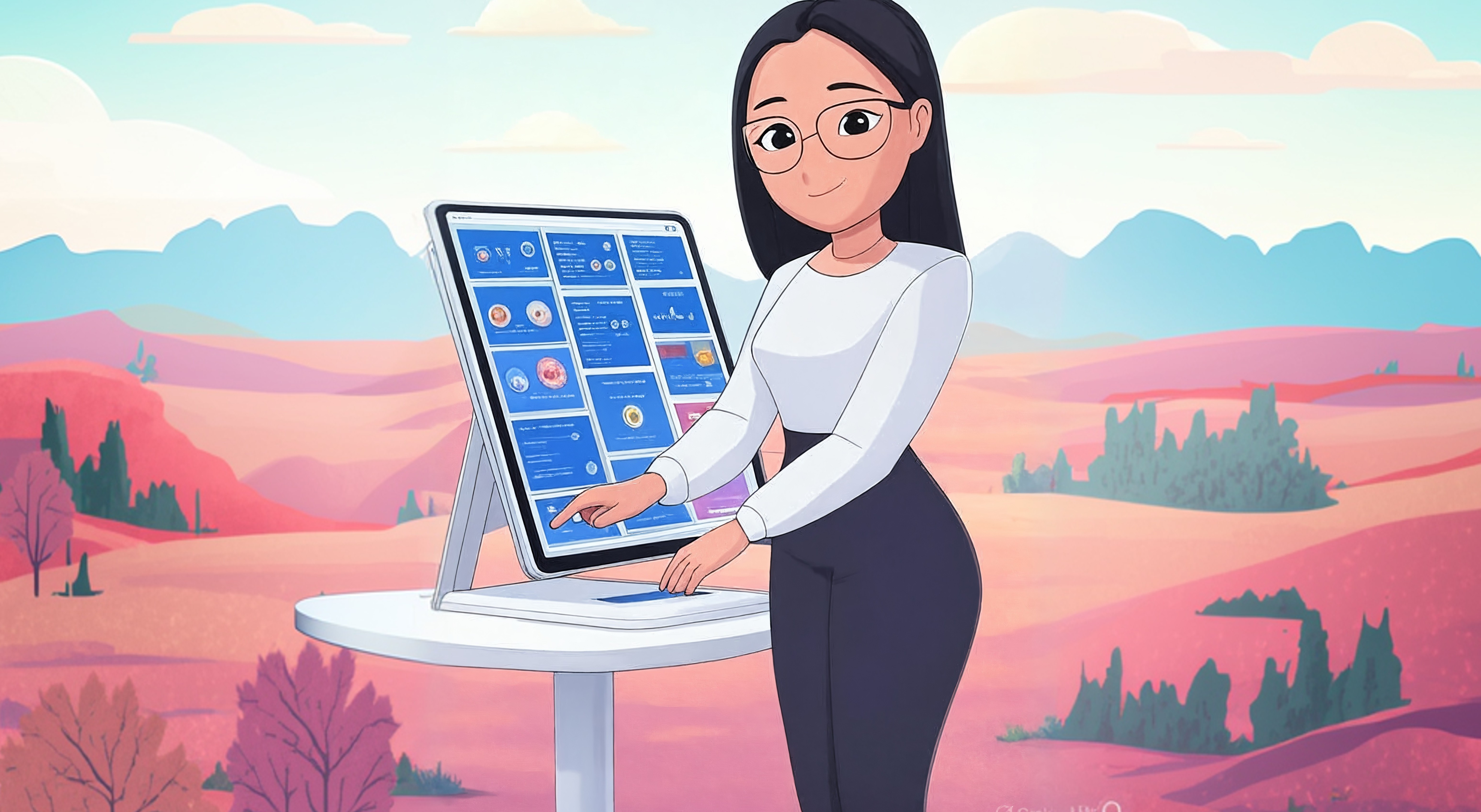
Switch 2 Lands on Amazon Amid Prime Deals Surge
The convergence of gaming hardware and e-commerce platforms marks a pivotal moment for consumers navigating high-demand tech launches. Nintendo's Switch 2, fresh off a blockbuster debut, now appears on Amazon without the barriers of invite-only access. This shift coincides with Amazon's ramp-up for its Big Deal Days event, where Prime memberships open doors to discounts and bundled services. Together, these developments highlight broader trends in how platforms manage scarcity, reward loyalty, and shape user experiences in consumer tech.
Nintendo Switch 2 Breaks Free from Invite Barriers
Nintendo's latest console arrived in June 2025, quickly amassing nearly 6 million units sold in its first four weeks. The Mario Kart World bundle alone moved 1.1 million copies in the initial days, underscoring the pull of exclusive titles. Initially, obtaining the Switch 2 proved challenging, with online stocks vanishing rapidly and restocks infrequent. Amazon's delayed entry into selling the device stemmed from Nintendo's worries over third-party sellers driving down game prices, a concern that reflects manufacturers' efforts to protect margins in a competitive retail landscape.
Now, the console is available directly on Amazon at $449 for the standalone version or $499 for the bundle, with a one-unit limit per customer to deter scalpers. This move democratizes access, especially as tariffs have held pricing steady, though some accessories saw minor hikes. The hardware boasts a 7.9-inch LCD screen with HDR and up to 120 fps, magnetic Joy-Cons, expanded storage, and backward compatibility that enhances older games with better visuals. The dock's 4K output impresses, yet the absence of USB-C ports draws criticism, alongside gripes about battery life and the premium cost.
Expert Views on Hardware and Market Dynamics
Reviews consistently score the Switch 2 around 93/100, lauding its hybrid design that seamlessly blends handheld and TV modes. Analysts point to Nintendo's pricing controls as a model for combating scalping, a persistent issue in console launches. This strategy not only preserves value for developers but also ensures fairer distribution to genuine users. The bundle's success emphasizes how tied-in software can drive hardware adoption, a tactic that sustains long-term engagement in the gaming ecosystem.
Broader implications emerge in the creator economy, where game developers and streamers benefit from enhanced multiplayer features, like Mario Kart World's support for up to 24 players online. Rumors of a Samsung-backed OLED variant suggest future iterations could elevate display standards, pressuring competitors like Valve's Steam Deck to innovate further.
Amazon Prime Evolves as a Gateway to Deals and Services
As the Switch 2 gains traction on Amazon, the platform's Prime program positions itself as an essential tool for savvy shoppers. The upcoming Big Deal Days sale, running October 7-9, 2025, mirrors Black Friday with exclusive offers for members. Signing up involves visiting the Prime page, selecting a plan, creating an account, and adding payment details—straightforward steps that grant a 30-day free trial.
Membership options cater to diverse needs: $14.99 monthly or $139 annually for standard plans, with discounts for students and those on government assistance. Benefits extend far beyond shopping, encompassing Prime Video, ad-free music streaming, free games via Prime Gaming, unlimited photo storage, and access to books through Prime Reading. Family sharing allows benefits to extend to household members, though a new policy effective October 1 restricts free shipping sharing across different addresses, aiming to curb misuse.
Analyzing Prime's Role in Consumer Loyalty
Industry observers see Prime as a cornerstone of Amazon's ecosystem, fostering loyalty through a mix of convenience and entertainment. With over 200 million members worldwide, the service exemplifies how subscriptions can lock in users by bundling disparate perks. The tightened sharing rules may boost individual sign-ups, though they risk alienating families who relied on broader access. This adjustment aligns with trends where platforms refine policies to maximize revenue while addressing exploitation.
In the context of AI and machine learning, Amazon leverages these technologies for personalized recommendations and logistics, enhancing the Prime experience. For gamers eyeing the Switch 2, Prime's faster shipping could mean quicker delivery, integrating seamlessly with the console's online features.
Intersecting Trends in E-Commerce and Gaming Platforms
The Switch 2's Amazon availability intersects with Prime's expansion, illustrating how e-commerce giants influence tech adoption. Nintendo's controlled rollout through select channels initially limited access but built hype; now, Amazon's open listing amplifies reach, potentially spiking sales during holiday peaks. This dynamic raises questions about platform governance—how do retailers balance manufacturer demands with consumer needs?
From a mergers and acquisitions perspective, Amazon's dominance in consumer tech invites scrutiny. Partnerships like potential Samsung collaborations for OLED tech could reshape handheld gaming, while Amazon's own forays into gaming via Prime Gaming position it as a multifaceted player. AI-driven insights help predict demand, reducing stockouts and improving user satisfaction, yet they also highlight privacy concerns in data-heavy ecosystems.
Future Outlooks and Strategic Recommendations
Looking ahead, the Switch 2's momentum will likely sustain through new releases like Metroid Prime 4 and remastered classics, with Amiibo integrations adding collectible appeal. An OLED upgrade could redefine portable displays, pushing the industry toward premium visuals. For Amazon, Big Deal Days may evolve into a year-round sales driver, incorporating more AI-personalized deals.
Platforms should prioritize user-centric policies: Nintendo could explore more flexible bundling to address pricing criticisms, while Amazon might refine Prime to include gaming-specific perks, like exclusive Switch content. Consumers benefit from monitoring these shifts, using free trials strategically to access deals without long-term commitments.
Key Takeaways on Platforms Shaping Tech Access
The Switch 2's broader availability on Amazon, paired with Prime's multifaceted benefits, signals a maturing landscape where platforms enhance accessibility while navigating governance challenges. These developments empower users with more choices, from immersive gaming to streamlined shopping, but they also underscore the need for balanced approaches that consider affordability and fairness. As tech ecosystems converge, staying informed on such integrations ensures users maximize value in an increasingly connected world.
Comments
Read more

Prime Day Camera Deals: Up to 41% Off Top Brands
Explore Prime Day's top camera and drone discounts from DJI, Sony, Canon, with analysis on tech trends and creator impacts.

Wolverine PS5 Debut and Alan Wake 2 Free: Gaming Shifts
Explore Marvel's Wolverine PS5 release and Alan Wake 2 on PS Plus, with insights on tech trends, narrative gaming, and platform strategies.

2025 Tech Trends: Earbuds, Laptops, and Smart Storage
Explore Apple's AirPods Pro 3, top laptops like MacBook Air M4, and Ubiquiti's sleek NAS devices, with insights on AI integration and user impacts.